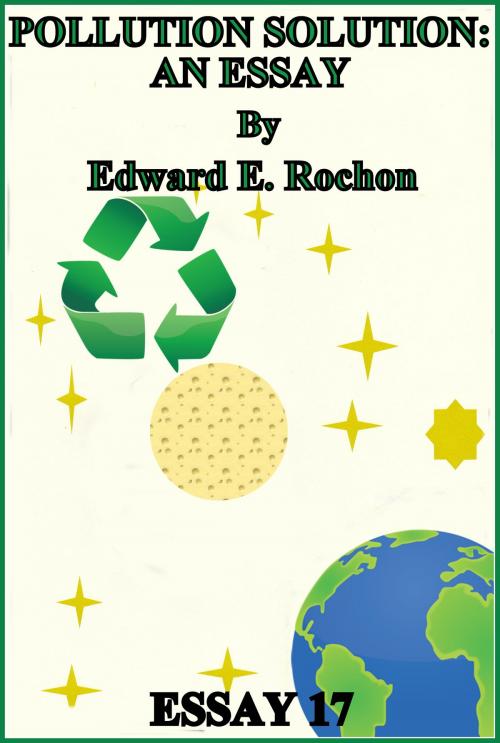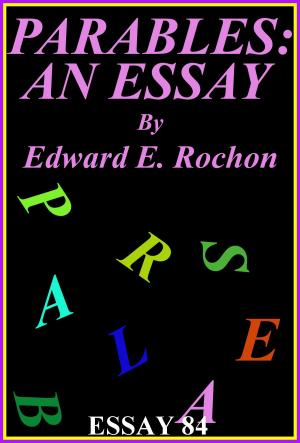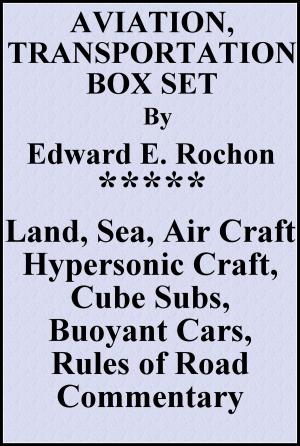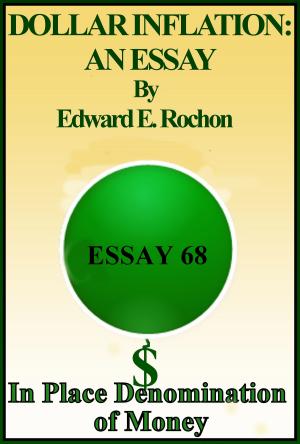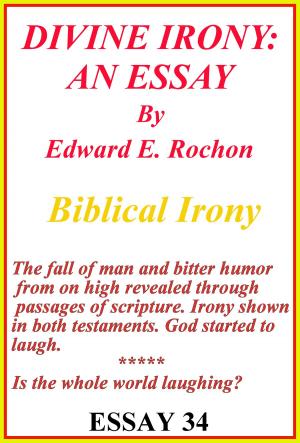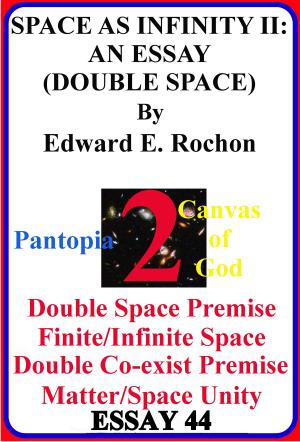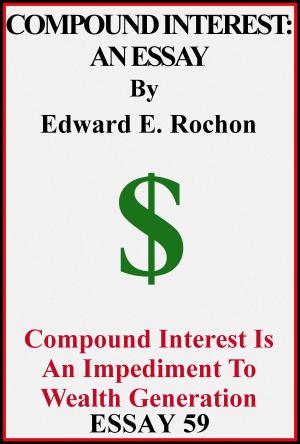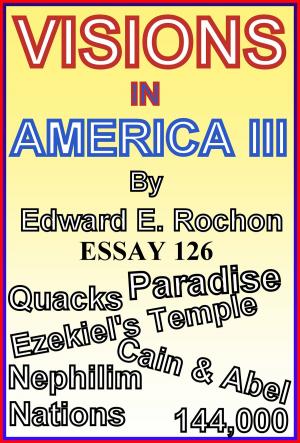Pollution Solution: An Essay
Nonfiction, Science & Nature, Science, Biological Sciences, Environmental Science| Author: | Edward E. Rochon | ISBN: | 9781310271106 |
| Publisher: | Edward E. Rochon | Publication: | December 30, 2013 |
| Imprint: | Smashwords Edition | Language: | English |
| Author: | Edward E. Rochon |
| ISBN: | 9781310271106 |
| Publisher: | Edward E. Rochon |
| Publication: | December 30, 2013 |
| Imprint: | Smashwords Edition |
| Language: | English |
Fiber optics and automation open the possibility for a binary city approach to life, one city for residence and one city for industry. One city is heavily populated; the other city is sparsely populated and distant from the residential city. A separation of pollution from populated areas will ameliorate the problem of pollution. Hydrogen can be produced using solar power in the doldrums areas of the oceans. I propose the site be submerged when storms appear and re-floated when the usual doldrums calm returns. Hydrogen fuel is pollution free. Great inverted pyramids over the depths of the sea could shelter factories with potentially dangerous toxins. These pyramids could be an outer defensive perimeter for nations as well, manned by military personnel. This is especially useful to solve Geo-political problems facing the USA. A cheaper way is proposed to set up a moon-base facility. Bulk item rockets should be built for boxcar delivery of water and construction material. The rockets should go to space junkyards for recycling into hulls for spaceships and satellite construction. Space is being polluted with junk that can have great value due to the high cost of placing payload into space. Once the moon-base is finished, rail-guns can lift resources from the moon easily to be used for space activity, including activity in earth orbit. We should minimize outbound space transport from the earth to personnel and delicate instrumentation. Rocket fuel is showing up in baby food, and hydrogen fuel might disturb the upper atmosphere. It is best to center space activity on the moon for future advances in industry and science.
Fiber optics and automation open the possibility for a binary city approach to life, one city for residence and one city for industry. One city is heavily populated; the other city is sparsely populated and distant from the residential city. A separation of pollution from populated areas will ameliorate the problem of pollution. Hydrogen can be produced using solar power in the doldrums areas of the oceans. I propose the site be submerged when storms appear and re-floated when the usual doldrums calm returns. Hydrogen fuel is pollution free. Great inverted pyramids over the depths of the sea could shelter factories with potentially dangerous toxins. These pyramids could be an outer defensive perimeter for nations as well, manned by military personnel. This is especially useful to solve Geo-political problems facing the USA. A cheaper way is proposed to set up a moon-base facility. Bulk item rockets should be built for boxcar delivery of water and construction material. The rockets should go to space junkyards for recycling into hulls for spaceships and satellite construction. Space is being polluted with junk that can have great value due to the high cost of placing payload into space. Once the moon-base is finished, rail-guns can lift resources from the moon easily to be used for space activity, including activity in earth orbit. We should minimize outbound space transport from the earth to personnel and delicate instrumentation. Rocket fuel is showing up in baby food, and hydrogen fuel might disturb the upper atmosphere. It is best to center space activity on the moon for future advances in industry and science.
